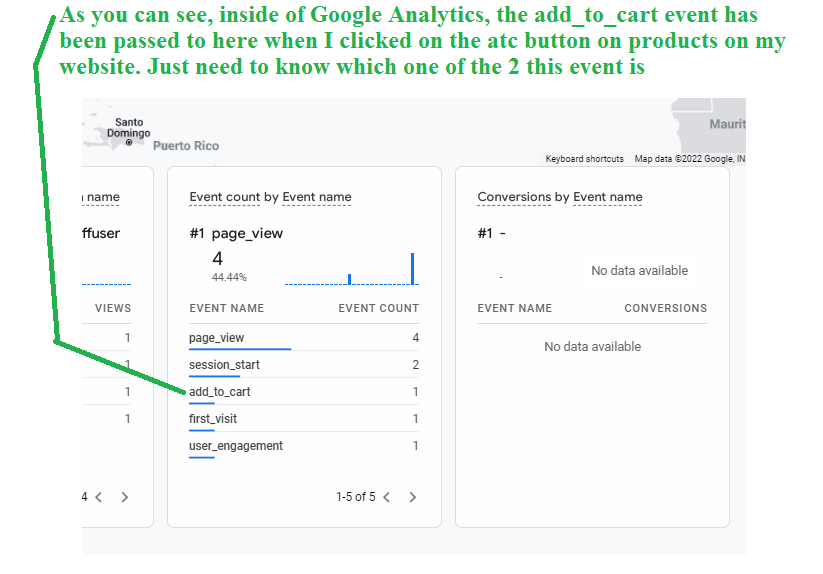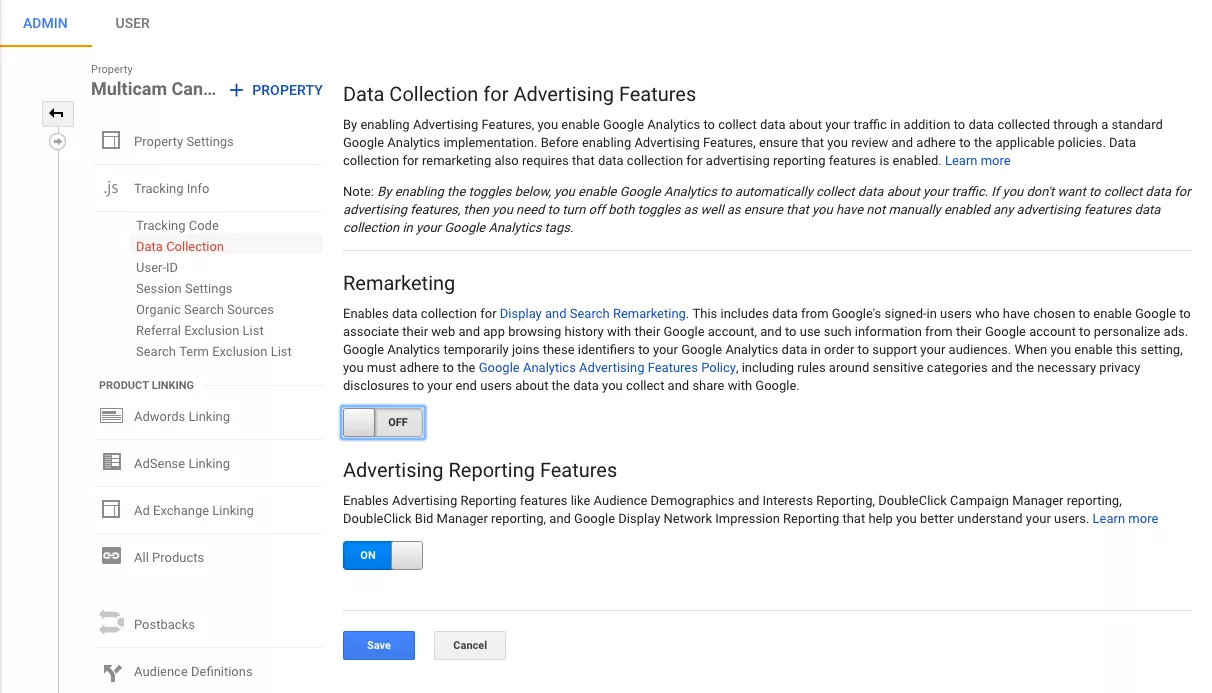Efficient Techniques for Remarketing in Google Analytics
In the realm of digital advertising, the realm of remarketing in Google Analytics stands as a crucial tool for organizations intending to improve their on-line visibility and conversion prices. Through critical target market segmentation, tailored remarketing listings, and appealing ad creatives, services can craft personalized campaigns that resonate with their target audience. Nevertheless, truth success depends on the ability to continuously refine and maximize these approaches based upon efficiency metrics and data understandings. By discovering the subtleties of dynamic remarketing and leveraging sophisticated monitoring devices, services can unlock the full potential of their remarketing initiatives, causing raised brand visibility and client engagement.
Audience Segmentation
Utilizing target market segmentation is a critical technique in maximizing the performance of remarketing projects within Google Analytics. By separating your audience into distinctive groups based on their actions, demographics, or passions, you can tailor your advertising messages to be extra relevant and interesting. This method enables you to provide tailored advertisements to details sections, increasing the likelihood of conversion.

Moreover, target market division helps you understand the varying demands and preferences of different customer groups, allowing you to craft more compelling ad creatives and deals. This targeted method not only enhances the performance of your remarketing initiatives however also improves overall project efficiency.
Establishing Remarketing Checklists
To successfully carry out remarketing approaches in Google Analytics, the preliminary step entails developing targeted remarketing lists based on specific target market communications. Establishing up remarketing checklists permits marketers to sector their internet site site visitors right into various groups based on their habits, such as web pages checked out, products looked for, or activities tackled the website. By specifying these sections, online marketers can then develop relevant and customized advertisements that target these particular teams, enhancing the possibility of conversion.
Remarketing checklists can be set up utilizing numerous criteria such as page gos to, duration of browse through, certain objective conclusions, and even certain events activated on the web site. This degree of customization makes it possible for online marketers to customize their ads to match the rate of interests and preferences of each segmented target market, resulting in greater interaction and conversion prices.
Additionally, remarketing checklists can also be developed based on data imported from various other sources like CRM systems, permitting a lot more accurate targeting. By establishing these targeted remarketing checklists, marketers can properly reach out to prospective consumers that have actually already revealed interest in their service or products, making best use of the impact of their remarketing projects.
Creating Compelling Ad Creatives
After segmenting web site visitors into targeted remarketing checklists based on particular audience interactions, the next critical step is to craft engaging ad creatives that reverberate with each fractional group's preferences and interests. The effectiveness of remarketing campaigns heavily relies upon the capability of these ad creatives to record the focus of the target market and drive them to take the desired activity.
To produce compelling advertisement creatives, it is necessary to recognize the distinct find out this here characteristics of each segmented group (What Is “Remarketing” In Google Analytics?). Tailoring the messaging, visuals, and uses to line up with the rate of interests and preferences of the audience can considerably increase the chances of conversion. Using dynamic advertisements that automatically change web content based upon the customer's behavior can also enhance the customization of the advertisement experience

Surveillance Efficiency and Optimization
Efficient monitoring of project efficiency and consistent optimization are crucial aspects of successful remarketing techniques in Google Analytics. To guarantee the effectiveness of remarketing projects, online marketers need to regularly track key performance metrics such as click-through prices, conversion rates, and return on advertisement spend. By keeping an eye on these metrics, marketing experts can gain beneficial insights into the performance of their projects and identify locations for improvement.
In Google Analytics, marketers can utilize tools like conversion monitoring and audience division to examine the performance of their remarketing campaigns. Conversion monitoring allows online marketers to track particular activities that customers take after clicking on a remarketing ad, giving useful information on the effectiveness of the project in driving preferred outcomes. Audience segmentation, on the other hand, allows marketers to divide their audience into different sections based upon different requirements such as demographics, actions, and passions, permitting more targeted and customized remarketing efforts.
Continual optimization is important for making best use of the effect of remarketing campaigns. Marketing professionals ought to use A/B screening to experiment with different ad creatives, messaging, and targeting methods to recognize one of the most reliable methods. By routinely analyzing project performance data and making data-driven optimizations, online marketers can guarantee that their remarketing campaigns are achieving the desired results and driving conversions properly.
Leveraging Dynamic Remarketing
Utilizing dynamic remarketing can considerably enhance the significance and influence of targeted ads in Google Analytics. This sophisticated technique permits marketers to show customized ads to individuals that have previously visited their internet site or utilized their mobile application. By dynamically presenting service or products that the customers have shown passion in, vibrant remarketing helps to keep the brand fresh in their minds and motivates them to go back to finish an acquisition.

Moreover, dynamic remarketing projects can be automated and enhanced in real-time based on performance information, ensuring that the advertisements continue to be efficient and appropriate. By leveraging dynamic remarketing in Google Analytics, marketers can create more impactful and targeted marketing projects that resonate with their audience and drive results.
Final Thought
To conclude, reliable remarketing strategies in Google Analytics include audience segmentation, targeted remarketing listings, compelling advertisement creatives, efficiency tracking, and vibrant remarketing. By concentrating on customized advertisements, information analysis, and constant optimization, companies can increase conversion prices and drive engagement efficiently. Leveraging devices like conversion monitoring ensures that advertisements remain tailored and appropriate, causing overall success in remarketing efforts.
With tactical audience segmentation, tailored remarketing checklists, and appealing ad creatives, organizations can craft personalized campaigns that resonate with their target audience. Making use of vibrant advertisements that automatically change material based on the user's habits can likewise improve the customization of the ad experience.
Conversion tracking allows marketing experts to track particular activities that users take after clicking on a remarketing ad, giving valuable data on the effectiveness of the campaign in driving desired outcomes.Utilizing dynamic remarketing can substantially boost the relevance and impact of targeted advertisements in Google Analytics - What Is “Remarketing” In Google Analytics?.In final thought, efficient remarketing strategies in Google Analytics involve target market division, targeted remarketing checklists, engaging advertisement creatives, performance tracking, and vibrant remarketing